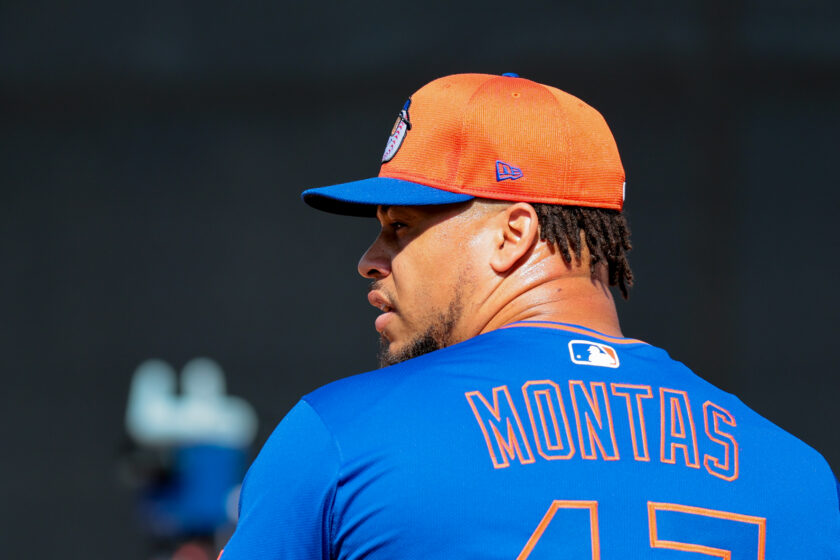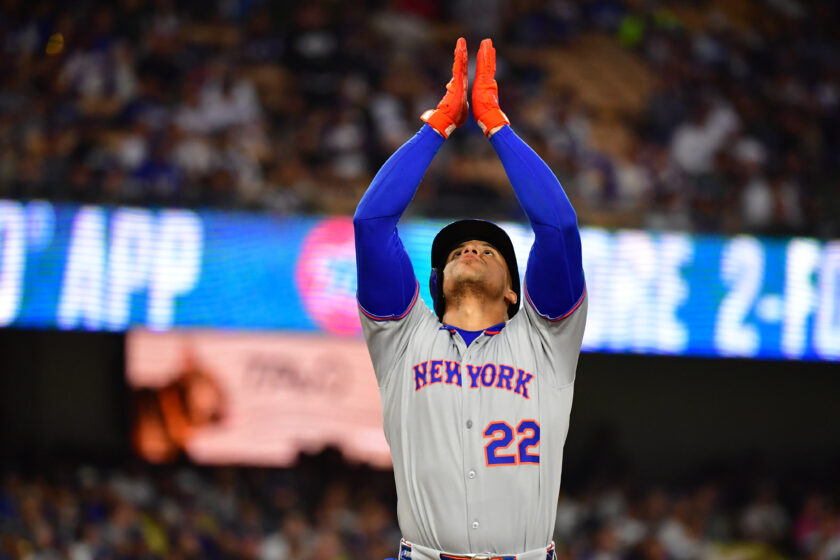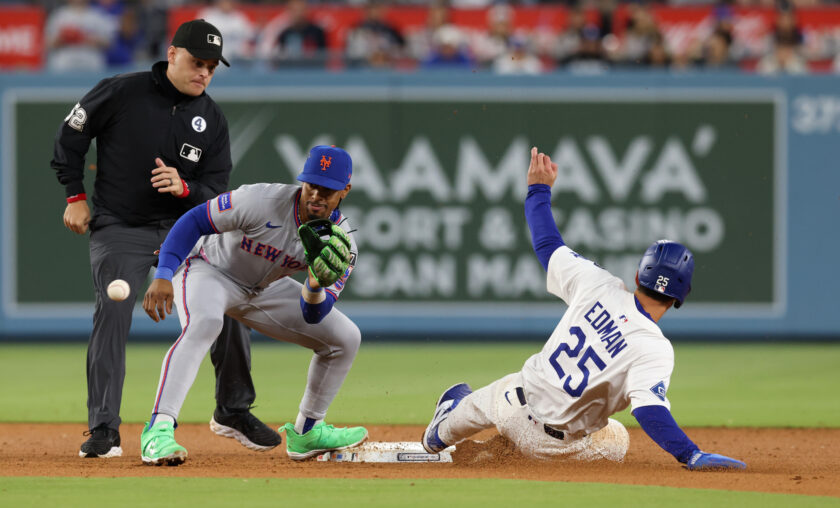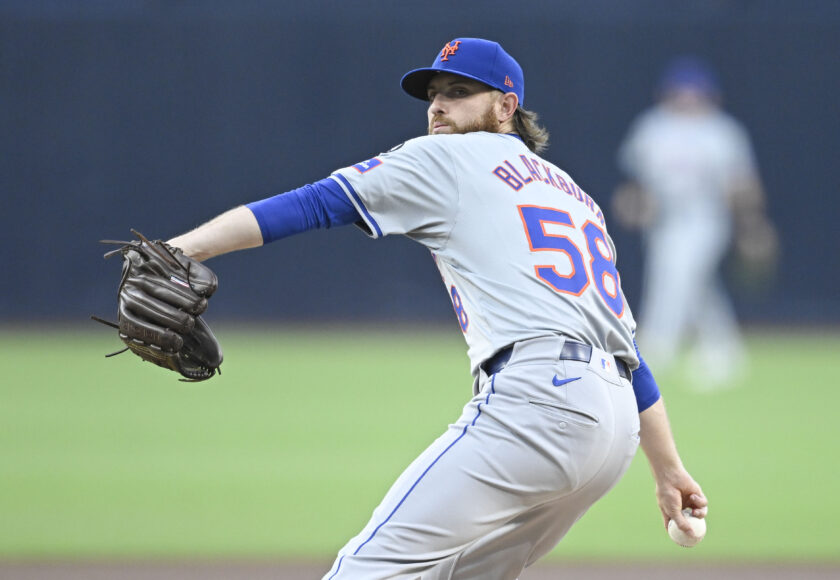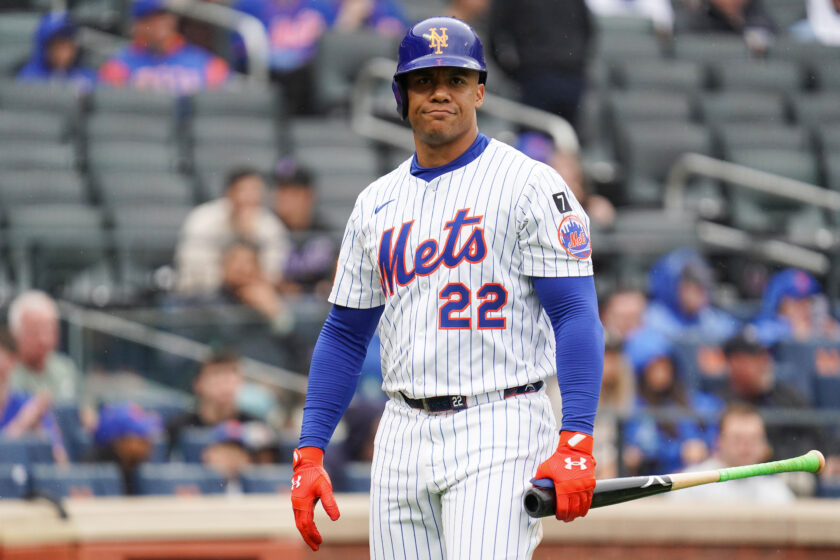New York Mets: Alex Cobb Free Agent Profile
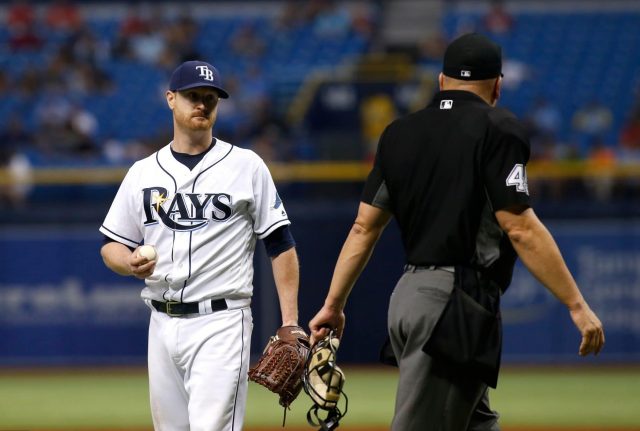
The New York Mets have been reportedly monitoring the starting pitching market, so let’s get to know one of the bigger names available.
The New York Mets added third baseman Todd Frazier to the mix this week, but that doesn’t mean they’re done making moves for the winter. Even after putting the finishing touches on their infield, the team will be monitoring the market to see if the prices on starting pitchers will fall into their budgeted range.
The Mets are not necessarily done for the winter, according to a source, keeping an eye out for starting pitching help. But the sense I get is it's not nearly the priority that finding an infielder was.
— Anthony DiComo (@AnthonyDiComo) February 6, 2018
This is the way the Mets have approached the free agent market all winter long, scoring players like Jay Bruce and Todd Frazier in the process of ‘value’ deals. So now we know the front office will be evaluating the pitching market, it’s important to take a look at a player like Alex Cobb who could be in their price range.
[sc name=”Mets Center” ]Background
Cobb is a 30-year-old right-hander who pitched his first full season last season since 2014. This was due to undergoing Tommy John surgery in May 2015.
After missing the rest of the 2015 season, and then throwing just 22 innings in 2016, Cobb bounced back in a big way last year. In 29 starts, he went 12-10 with a 3.66 ERA and 1.22 WHIP with 128 strikeouts over 179.1 innings of work. It’s the closest he’s looked to his old form since the injury.
[sc name=”Mets Link Related” link=”https://elitesportsny.com/2018/02/09/the-new-york-mets-need-pitching-help-from-the-outside-in/” text=”New York Mets Need Pitching Help From The Outside” ]Contract
Cobb might not be as highly regarded as his other top of the market free agent peers, but he can be a valuable middle of the rotation arm for any team. MLB Trade Rumors pegged Cobb for a four-year, $48 million deal before the beginning of free agency.
It seems that he did not agree with that projection as Cobb reportedly rejected a three-year, $42 million contract offer from the Cubs.
Alex Cobb turned down 3/42M from #cubs according to @thekapman. Will he regret that decision or get more $ elsewhere? Let us know @IntentionalTalk 330ET @MLBNetwork
— Chris Rose (@ChrisRose) January 8, 2018
The rejection of that offer most likely means that Cobb will be seeking a four-year deal or a higher annual salary.
The Stuff
Cobb is a lot like his fellow free agent Lance Lynn, as both pitchers rely on their movement and control to induce groundball outs and produce quality starts. In 2017, he was only able to manage a 6.4 K/9 rate, which is average at best.
However, the lack of strikeouts is irrelevant when it comes to Cobb due to his pinpoint accuracy. His walk rate of 2.21 BB/9 last season was impressive, and coupled with a 47.8 percent ground ball rate made him a productive starter for Tampa.
As mentioned, Cobb isn’t a flamethrower (92 mph average sinker velocity), but his sinker earned a 7.0 value from FanGraphs last season. It’s a pitch he used a whopping 50.8 percent of the time.
When he’s not throwing a sinker, Cobb uses an effective curveball (6.0 FanGraphs value) to induce swing and misses. His third and final offering is a changeup, which he uses mostly to keep batters off balance.
The Verdict
Cobb’s injury history makes him a hard sell as a workhorse, especially considering he achieved a career-high in innings pitched last season with just 179.1 innings. When he is on the mound he’s one of the better sinkerball pitchers in the game, but unfortunately does not seem like a strong fit for a Mets team that has more than enough pitchers who are talented and injury prone already on their roster.
[sc name=”Mets Link Next” link=”https://elitesportsny.com/2018/02/02/new-york-mets-3-reasons-utilize-six-man-rotation/” text=”3 Reasons To Utilize A Six-Man Rotation” ]I am a Senior currently attending the Rutgers Business School in New Brunswick. I am a lifelong New York Mets fan, and writing about the team is my passion.


